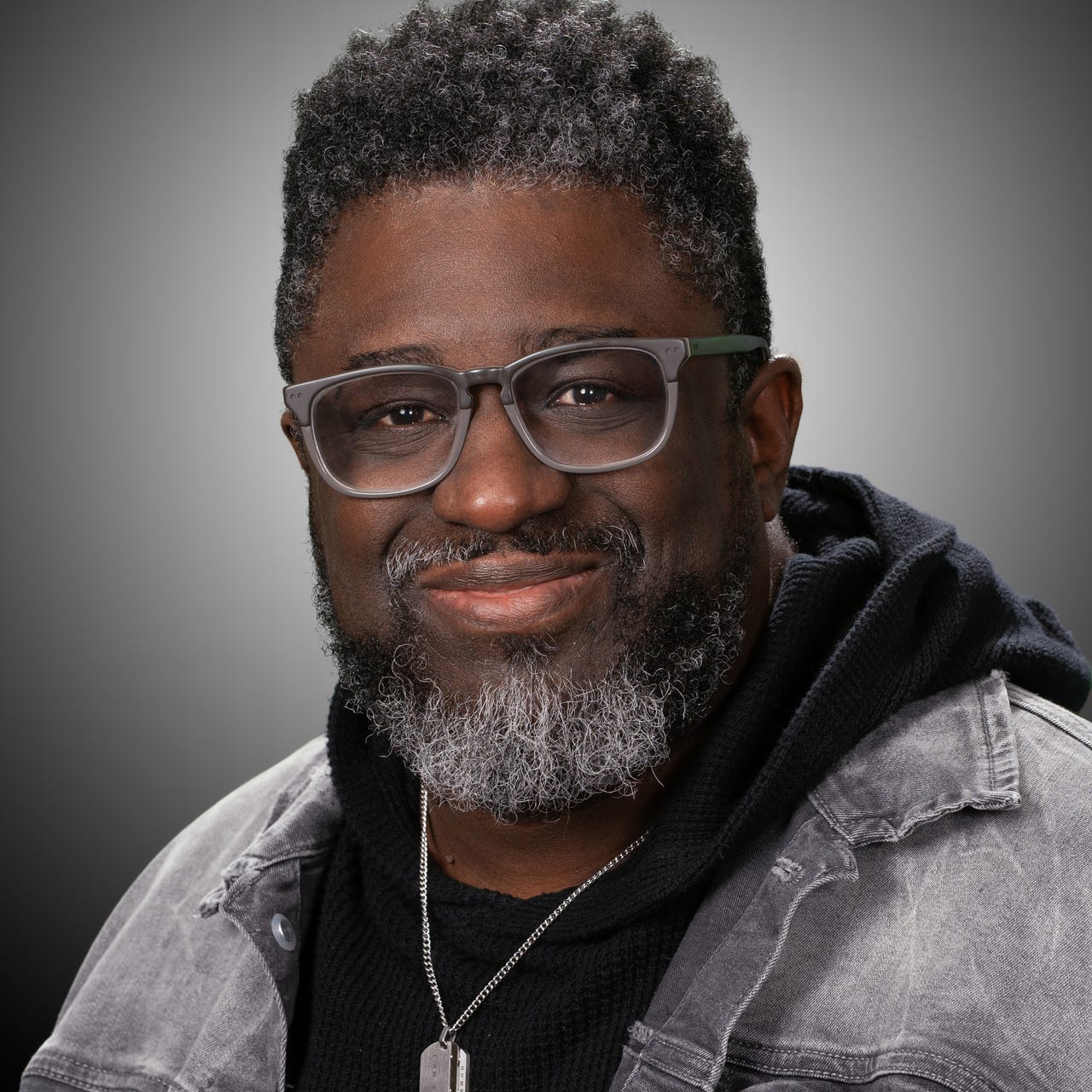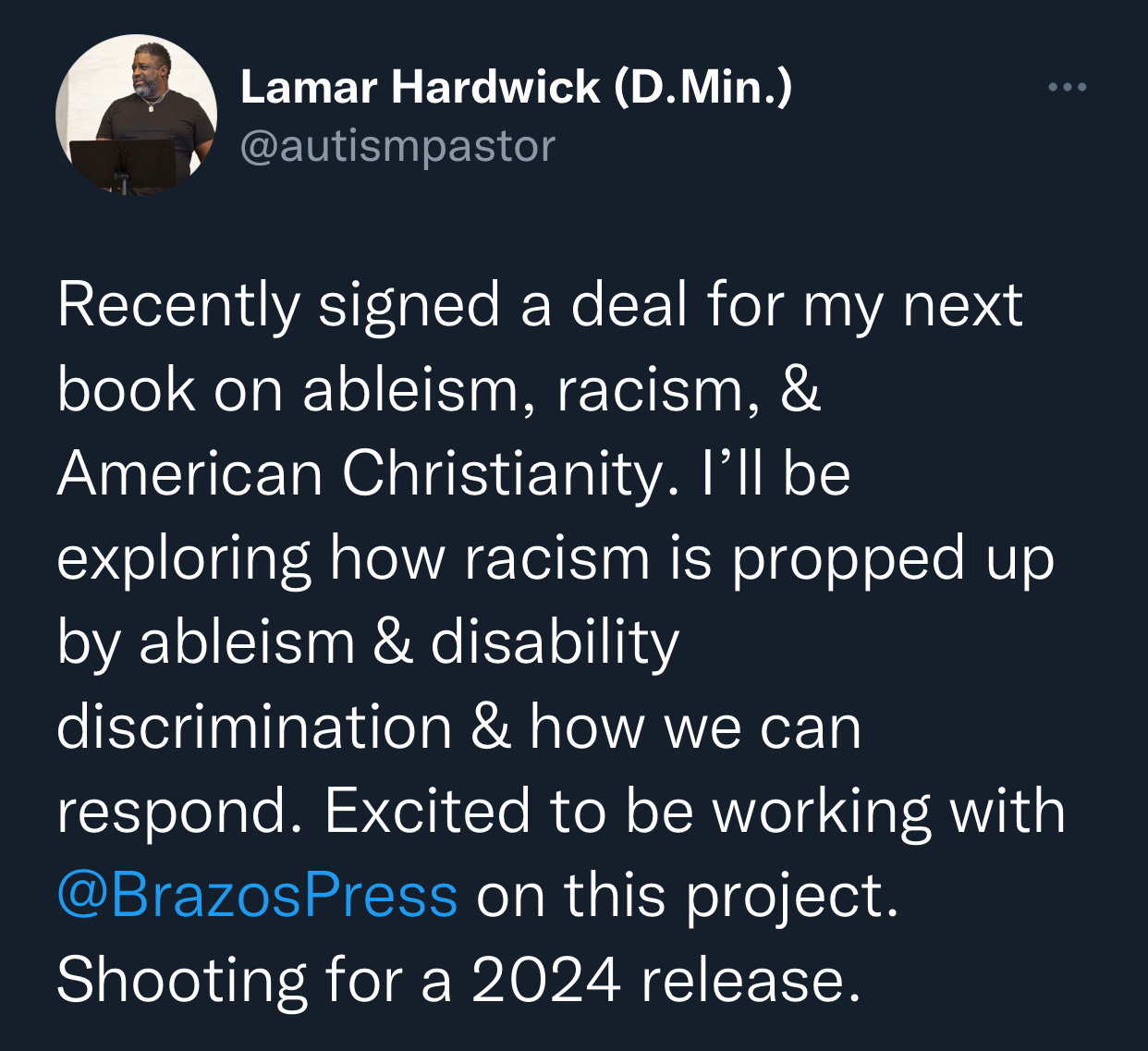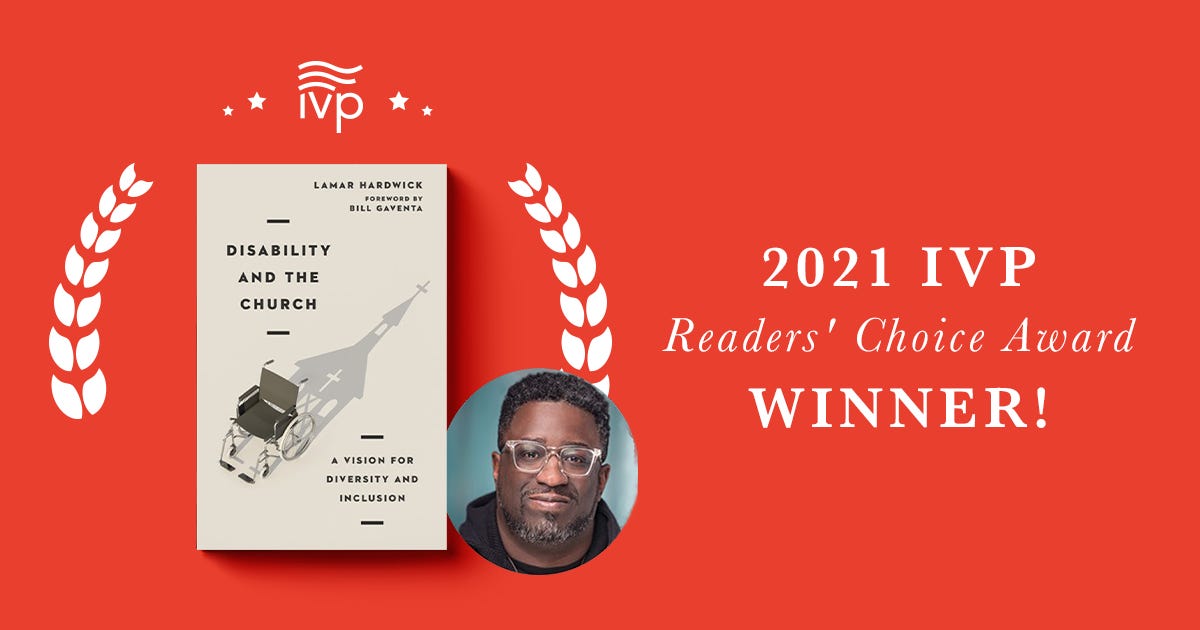Dying Hard (Part 2)
Disability, Blackness & the Politics of Desire/Ability in American Healthcare
In 1851 a medical journal called the Stethoscope and Virginia Medical Gazette, a credible medical journal in the state of Virginia, published an article by an unnamed author, undoubtedly a medical doctor, arguing against the influential role of clergy on the medical system in the south.
In the years preceding the civil war, medical professionals in the south engaged in vigorous efforts to establish exclusive professional recognition in the medical field by distancing themselves from inferior medical practices of the north.
This effort to distance themselves from northern medical training centers was linked to the laws of the south that enforced the practice of racial slavery. In her book The Mark of Slavery: Disability, Race, and Gender in Antebellum America, Jennifer L. Barclay writes:
As they sought to discredit other healers and gain exclusive professional recognition in the legal realm, southern physicians worked to gain independence from northern medical colleges starting in the 1830s. This further spurred them toward constructing blackness as an innately disabled state. They based calls for medical separatism on the South’s warmer climate, specific diseases, and large enslaved and free black population in comparison to the North (Barclay 83–84).
Barclay also believes that the southern claim of having a unique set of medical circumstances based on their large population of Blacks demonstrated a lean toward the medical model of disability. The medical model of disability insists that disability is the result of biomedical conditions that limit the bodies and minds of those deemed disabled.
This model is based on the pathologizing of individuals by presenting them as a series of embodied conditions that make their bodies and minds abnormal or atypical in presentation. Disability then becomes a series of problems to be fixed or cured thus placing the disabled at the mercy of the medical community. This approach to disability and Blackness provided the needed platform for southern physicians to pathologize Blackness, and in doing so assert their superior knowledge of medicine. The anonymous article written by a doctor demonstrated the ongoing tension between religion and medicine and science in the south and the role that religion played in the continual shaping of medical standards used to diagnose and treat Black people.
Historical Christian literature reveals early Christian thoughts about disability or deviant bodies (Henning 2021) as bodies often believed to be those that populated the Christian concept of hell, or eternal suffering. Bodies defined as deviant included, women, the enslaved, and the disabled. An examination of this literature also demonstrates how early Christian traditions influenced the criminalization of these deviant bodies as well as an influence on traditional notions of body normativity and health that excluded women, the enslaved, and the disabled (Henning 2021).
The Christian religion has had a profound impact on the practice of modern medicine in the West. This influence includes definitions of disability, health, and well-being. It is important to note that this includes mental health and mental illness, which were often considered larger discussions about health and disability. As early as the mid sixteen hundreds, early Puritan theology has been intertwined with medical science. Prior to medical care developing into a profession, Christian clergy defined health, wellness, disability, and provided diagnostic guidelines and treatments for those defined as unhealthy (Vacek 2015) which produced the moralization of medical issues, where certain medical conditions were judged as moral issues rather than medical issues.
Rebranding Health and Rebuilding Healthcare
On May 6th, 2021, the U.S. House Oversight and Reform Committee held a hearing on racism in Black maternal health care. Witnesses included scores of Black families whose mothers, sisters, and daughters had died giving birth (Suliman). The maternal mortality rate among Black women is a crisis in the U.S. healthcare system. Tina Suliman, of the Johns Hopkins Center for Communications, writes:
This crisis is driven by unconscious bias in the medical system and its actors. In a 2016 survey of white medical students, nearly half held false beliefs about biological differences in Black patients, including thicker skin and less sensitive nerve endings. Another 2020 study found that Black babies are more likely to live if they are cared for by a Black physician. Recently, the CDC declared racism a public health threat. The maternal mortality crisis in the United States emphasizes the truth behind this declaration: It is racism, not race, that is killing America’s Black mothers and babies (Suliman).
Suliman also reports that despite having expertise and even formal medical training, like both Wallace and Irving, Black mothers are often denied the right to define their own maternal health and the subsequent result is a lack of adequate medical intervention, an intervention that could save the lives of many Black women.
Disparities in healthcare have historically impacted communities of color. There is no shortage of data that suggests that racism has played a significant role in shaping the healthcare system. According to the CDC (Centers for Disease Control), the body of research regarding racial bias in the healthcare system is growing. The current research indicates what is described as “profound and negative impacts on communities of color.” The impact of racial bias in healthcare is deeply and destructively embedded in American society and culture. The CDC further reports:
The data show that racial and ethnic minority groups, throughout the United States, experience higher rates of illness and death across a wide range of health conditions, including diabetes, hypertension, obesity, asthma, and heart disease, when compared to their White counterparts. Additionally, the life expectancy of non-Hispanic/Black Americans is four years lower than that of White Americans. The COVID-19 pandemic and its disproportionate impact on racial and ethnic minority populations is another stark example of these enduring health disparities.
Building a better healthcare experience for people of color ultimately means building a better story about Black bodies. In America, Blackness has been pathologized because of its historic connection to disability, connections that were initiated and influenced by religious traditions, particularly Christianity.
Central to the effort to rebrand health is the need to examine the strategies of organizations or social justice movements that have experienced success in changing the narrative about both Black and disabled bodies. The Civil Rights and Disability Rights movements share common strategies that are essential to this process. The first is the use of images in critiquing current narratives about disability and Blackness.
I’ll examine the role of images in disability and Christianity and the impact on healthcare in the next installment of this discussion.
Order your copy of my award-winning book Disability and The Church






